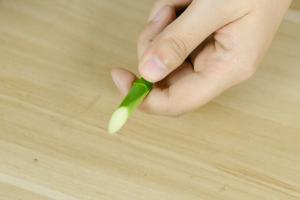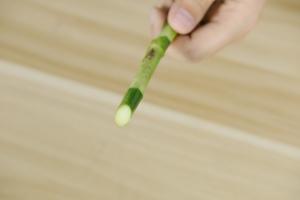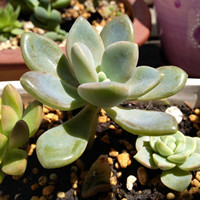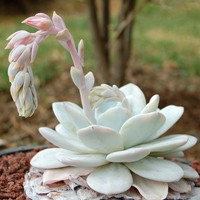How Does Heat Affect Tomato Plants?
Tomatoes are one of the most popular plants to grow in home gardens. They are delicious, nutritious, and relatively easy to cultivate. However, as with any plant, tomatoes are susceptible to environmental factors that can impact their growth and yield. One such factor is heat. High temperatures can negatively affect tomato plants in several ways.
Reduced Photosynthesis
Tomatoes, like all plants, rely on photosynthesis to produce energy from sunlight. However, when temperatures rise above 90°F, the rate of photosynthesis slows down. This is because the enzymes that facilitate the process become less effective at high temperatures. As a result, tomato plants may produce less energy, which can lead to slower growth and smaller yields.
Reduced Pollination
Tomatoes rely on pollinators such as bees and butterflies to move pollen from flower to flower. However, when temperatures are too high, these pollinators may become less active or die off altogether. This can result in reduced pollination, which can lead to smaller fruits or even fruit drop. In addition, high temperatures can also cause the flowers to drop before they have a chance to be pollinated, further reducing yield.
Disease and Pest Problems
Heat stress weakens tomato plants, making them more susceptible to diseases and pests. For example, high temperatures can promote the growth of harmful fungi that cause diseases such as blossom end rot and early blight. In addition, hot and dry weather can attract pests such as spider mites and whiteflies, which can damage the leaves and fruits of tomato plants.
Tips for Growing Tomatoes in Hot Weather
While high temperatures can negatively impact tomato plants, there are several steps you can take to help your plants thrive in the heat:
Provide shade: Use shade cloth or other materials to create shade for your tomato plants during the hottest parts of the day.
Water regularly: Tomatoes need consistent moisture to thrive. Water them deeply and regularly, particularly during hot weather.
Harvest regularly: Harvesting your tomatoes regularly can help prevent stress on the plant and promote better yield.
Choose heat-tolerant varieties: Some tomato varieties are more tolerant of high temperatures than others. Look for heat-tolerant varieties when selecting your seeds or transplants.
Conclusion
Heat can have a significant impact on the growth and yield of tomato plants. However, with proper care and attention, you can help your plants thrive even in the hottest weather. By providing shade, regular watering, and selecting heat-tolerant varieties, you can ensure a bountiful harvest of delicious, juicy tomatoes.

 how many times do yo...
how many times do yo... how many planted tre...
how many planted tre... how many pine trees ...
how many pine trees ... how many pecan trees...
how many pecan trees... how many plants comp...
how many plants comp... how many plants can ...
how many plants can ... how many plants and ...
how many plants and ... how many pepper plan...
how many pepper plan...






























